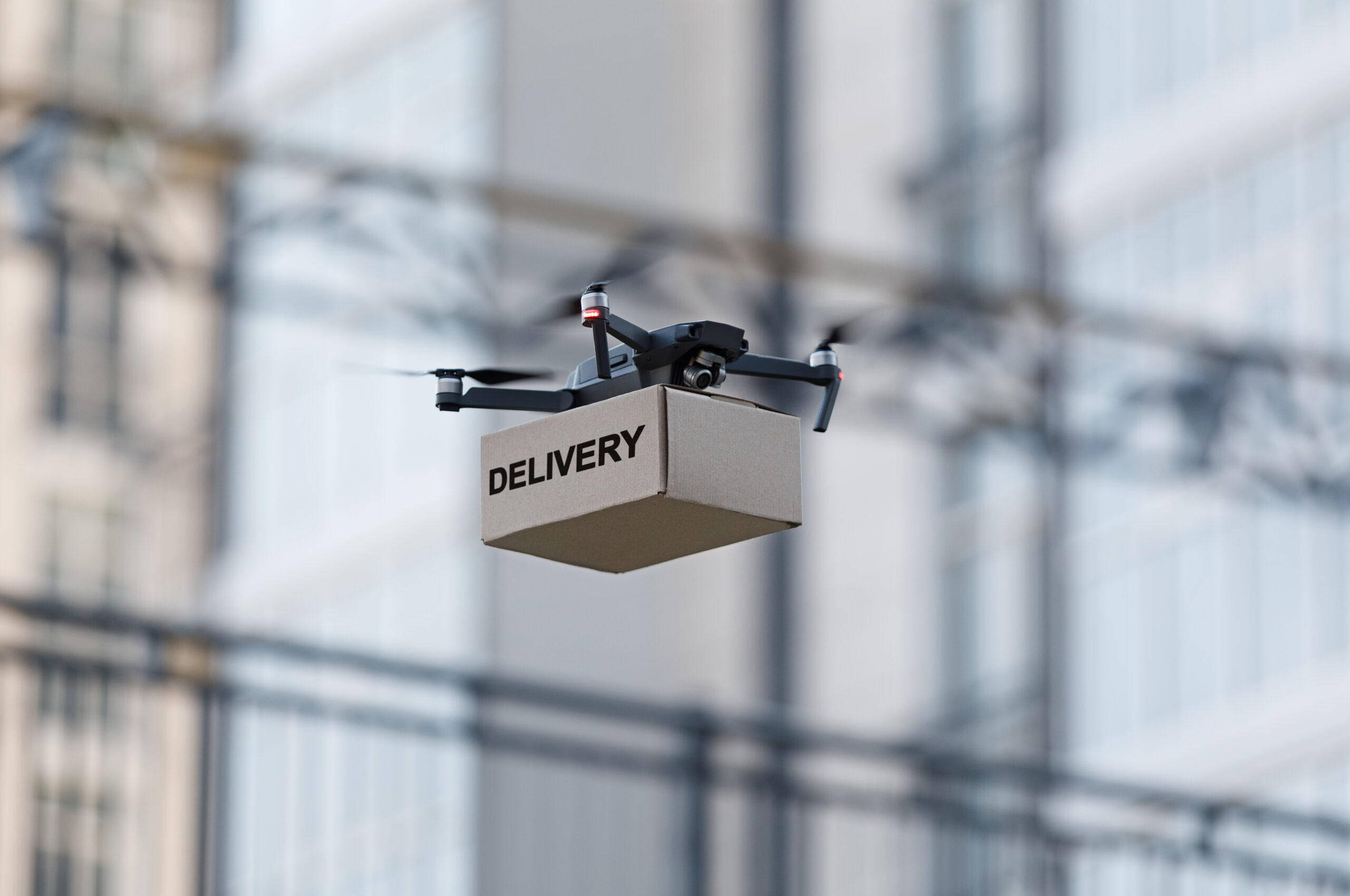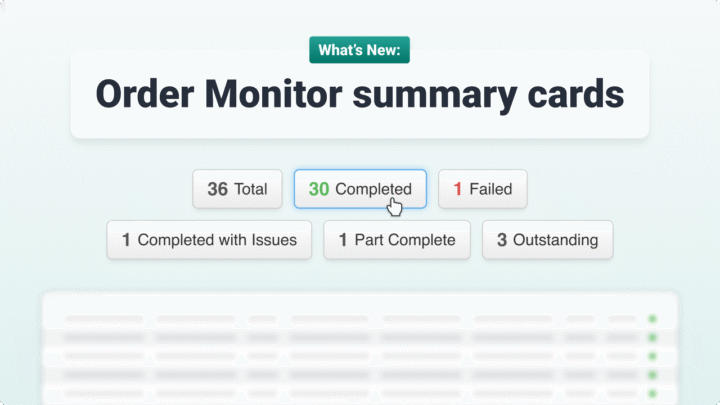In 2023, research conducted by Auctane in association with Metapack assessed the upcoming e-commerce delivery trends that would be prevalent throughout 2023 due to consumer demands and economic pressures worldwide.
Due to these key factors, the study predicted delivery trends such as ‘cost over convenience’ shipping, fuelled by precarious economic conditions across the world’s major economies, and sustainable delivery methods would be most popular among consumers throughout the year.
In 2024, with major economies around the world continuing to stabilise, the consumer is now better positioned to choose pricier shipping options, such as same day delivery, and convenience over cost-cutting delivery alternatives, while businesses continue to innovate and strive towards creating an optimal supply chain through automation and robotics, smart packaging, micro fulfilment centres, and dark stores as the recovery from the COVID-19 pandemic continues.
Artificial intelligence (AI) and generative AI (GenAI) will continue to dominate both headlines and investment in 2024, particularly throughout supply chains, as stakeholders reduce their dependence on manual labour and address bottlenecks throughout.
Delivery automation and robotics
Investment in delivery automation and robotics is being deployed and utilised in numerous ways. From mobile manipulators (MoMas) and autonomous mobile robots (AMRs) in warehouses to last-mile delivery drones, advancements in technology continue to gather pace.
Walmart and Amazon, for example, have been expanding their drone delivery networks worldwide to amplify convenience and foster supply chain innovation in last-mile delivery solutions. Amazon alone aims to deliver 500 million packages per year via their Prime Air drone by the end of the decade.
The innovative technology allows Amazon to deliver packages that are up to 2.2KG to customers in crowded suburban areas, typically in less than an hour, and is soon to be used for parcel delivery in the U.K., Italy, and three U.S. locations by the end of the year.
“We’re working hard at Amazon to dramatically narrow the golden window from diagnosis to treatment, and drone delivery marks a significant step forward. Whether it’s an infectious disease or respiratory illness, early intervention can be critical to improving patient outcomes.” – Dr. Vin Gupta, chief medical officer of Amazon Pharmacy.
Consumer demand for same-day delivery continues to boom in 2024, as the market approaches £9.8 billion, and retailers like Amazon have been bolstering their same-day delivery capacity.
AI and GenAI
Businesses are increasingly turning to GenAI to analyse historical sales data sets and establish ecommerce trends, delivery trends, and market trends to create real-time demand forecasts. Amazon, for example, can use GenAI to ensure that they have enough hayfever medicine to meet increased demand during spring and summer. Creating a more responsive supply chain that is able to predict demand before it becomes a matter of fact.
In addition to creating a more responsive supply chain, GenAI is being used to create a more stable and resilient supply chain through risk management. GenAI can produce risk assessments, scenario simulations, and mitigation strategies to help stakeholders formulate plans that manage and mitigate supply chain risks proactively.
Smart packaging
The smart packaging (packaging that is linked to a technology to provide additional features and functionality) market continues to evolve to further enhance supply chain resiliency and transparency. The global smart packaging market was estimated to be £28 billion in 2022 and is expected to reach around £47 billion by 2032, with a registered CAGR of 5.4% from 2023 to 2032.
It is anticipated that accelerated adoption of smart packaging will occur throughout 2024, particularly in industries such as pharmaceuticals as well as food and drink, where products require strict monitoring as they pass from touchpoint to touchpoint to maintain their efficacy and adhere to strict regulations.
Advanced sensors that accurately monitor package conditions such as temperature, humidity, and pressure are being developed into the packaging so that the integrity and efficacy of the product can be maintained throughout its journey, all the way through to the end customer.
Micro-fulfilment centres and darkstores
How do the likes of Getir and Gorillas offer almost instantaneous delivery, which allows them to boast ‘groceries at your door in minutes’ marketing taglines?
The foundations of their intralogistics are built around the speed and efficiency of ‘dark stores’, which are defined as large retail facilities that resemble a conventional supermarket or other store but are not open to the public, housing goods used to fulfil orders placed online.
Dark stores are only accessible to staff and not the customer, essentially functioning for the purpose of delivery only. They are typically strategically placed in large cities, which are usually only a maximum of two to three kilometres away from surrounding customers, to ensure their goods reach the customer as quickly as possible.
These slightly differ from traditional micro-fulfilment centres, which are regular storefronts that are open to the public and allow for in-store pickup as well as delivery. The nuance here compared to traditional brick-and-mortar stores, however, is that they house their micro-fulfilment centre in the same building, typically at the back of the store.
Parcel lockers
In 2024, parcel lockers are poised to surge in popularity as they become a commonplace delivery option offered by retailers and continue to bridge the gap between online and in-store experiences. By bolstering their delivery options to include parcel lockers, online orders can be collected or returned at locations that are typically accessible around the clock (unless they’re located inside a store with defined opening and closing times).
Parcel lockers address the inefficiencies associated with in-store collections, where there are clearly defined opening and closing times (unless a 24-hour store) that create accessibility issues when home delivery is not wanted by the consumer, while stores with heavy footfall often have queues and longer waiting times for returns or collections.
Conclusion
As reported in 2023 by Metapack, cost was the most important factor in delivery for 31% of potential customers when they order online. With the same-day delivery market continuing to boom, consumers are increasingly turning to alternative delivery methods as opposed to cost-cutting alternatives. Retailers will further invest in innovative concepts such as delivery drones, micro fulfilment centres, and dark stores throughout 2024 and beyond in order to deliver to customers as quickly as possible, making same-day delivery more accessible than ever before. AI, GenAI, and smart packaging solutions will also be a key area of investment throughout supply chains, as supply chain visibility and resiliency remain in focus.
Frequently Asked Questions
Delivery automation and robotics, smart packaging, same-day delivery, and micro-fulfilment centres and darkstores are all predicted to be popular across supply chains in 2025.



